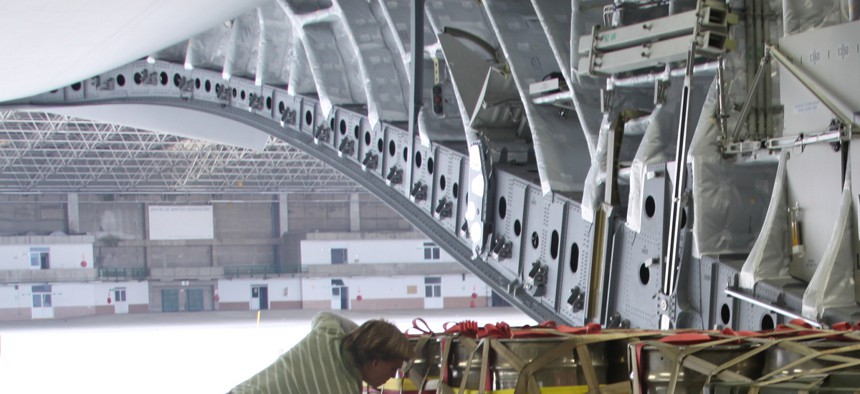Report: Two Years After Y-12 Break-In, U.S. Nuclear Security Still 'Chaotic'
GAO analysts say NNSA's lack of a 'clear vision' since nun's breach of a nuclear weapons site could be problematic.
Two years after an 82-year-old nun was able to infiltrate a nuclear weapons site in Tennessee, the U.S. approach to securing such facilities remains "chaotic," a government report released this week suggests.
The report to Congress by the nonpartisan Government Accountability Office quotes unnamed National Nuclear Security Administration officials describing the agency's current approach in this manner. "Dysfunctional" is another adjective the unidentified officials have used to characterize the situation, according to the report.
For their part, GAO analysts said the agency's lack of a "clear vision" since the July 2012 incident -- in which the nun and two fellow peace activists went undetected as they approached stores of bomb-grade uranium -- could prove problematic.
"After the Y-12 security breach, NNSA took a number of actions designed to improve its security performance and oversight but did so without first developing a clear vision and path forward for its security program and an implementation strategy, including milestones and responsibilities for carrying them out," the GAO report states.
"For example, NNSA initiated actions to reinstate [Energy Department] security directives, which it had previously replaced with its own security polices; [and] started, then discontinued, a security inspection program and reorganized its headquarters security office twice," the report says.
However, without a clear "road map," the agency "risks putting in place short-lived or ineffective responses to its security problems, on which GAO and others have reported for more than a decade," the report adds.
Republican leaders of the House Energy and Commerce Committee on Monday issued a statement about the GAO report, which also examines NNSA security efforts prior to the Y-12 incident.
"The report confirms the committee's concerns that the 2009 and 2010 security reform efforts, while making some operational and efficiency improvements, may also have increased security risks," the lawmakers said, adding that committee leaders share GAO concerns about a lack of a clear plan going forward.
"We will continue our oversight of DOE and NNSA's security reforms, including GAO's recommendations, to make sure any security improvements can be sustained," according to the statement, issued jointly by Reps. Fred Upton, R-Mich., and Tim Murphy, R-Pa.
Upton serves as Energy and Commerce Committee chairman, while Murphy heads the panel's Oversight and Investigations Subcommittee. The panel has generally differed with fellow Republicans on the House Armed Services Committee about how best to respond to the Y-12 break-in.
NNSA officials agree with the GAO recommendations, according to the report. They told the study's authors that they have already begun an effort to create a "security road map" for their agency, which they hoped to complete by December.
The GAO authors said the agency response was "encouraging," but added that NNSA should develop an implementation strategy for the road map and regularly monitor its progress.
NEXT STORY: Obama to Deploy 200 Combat-Ready Troops to Iraq




